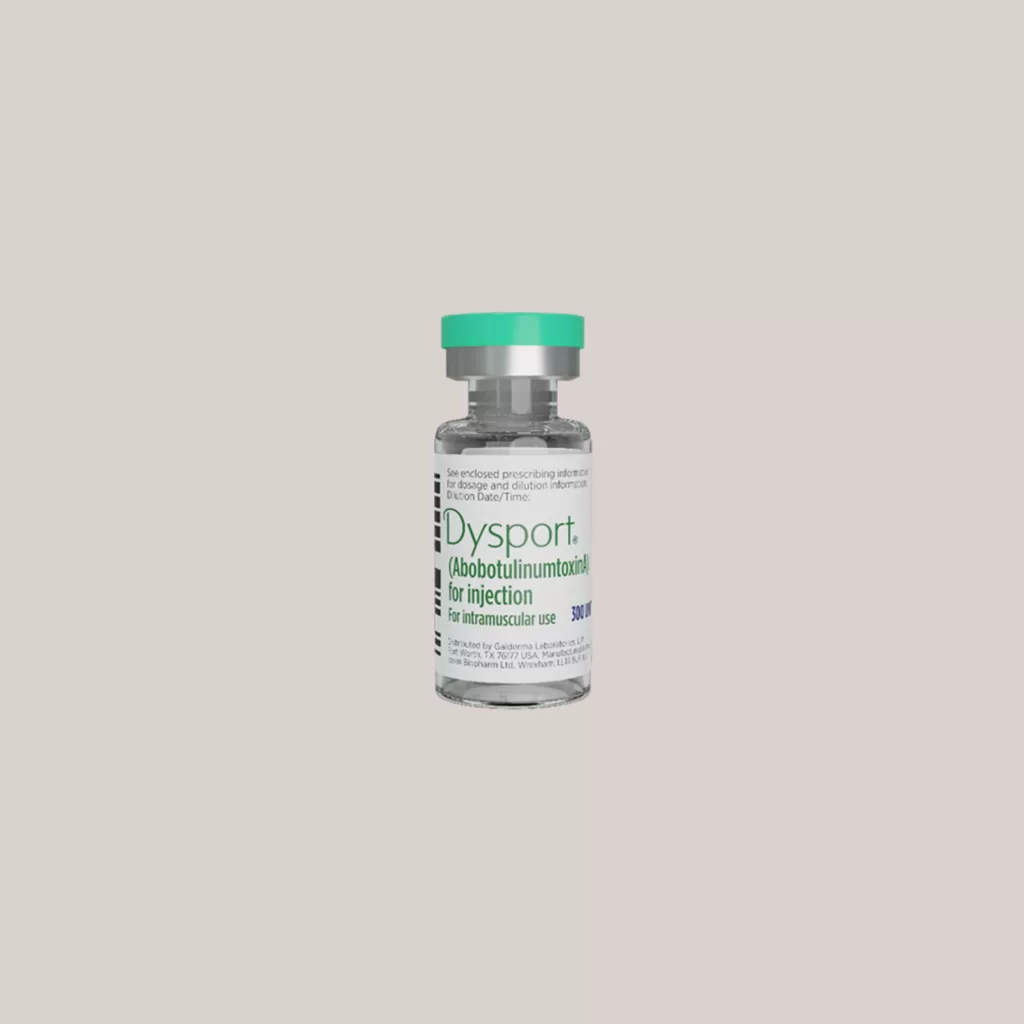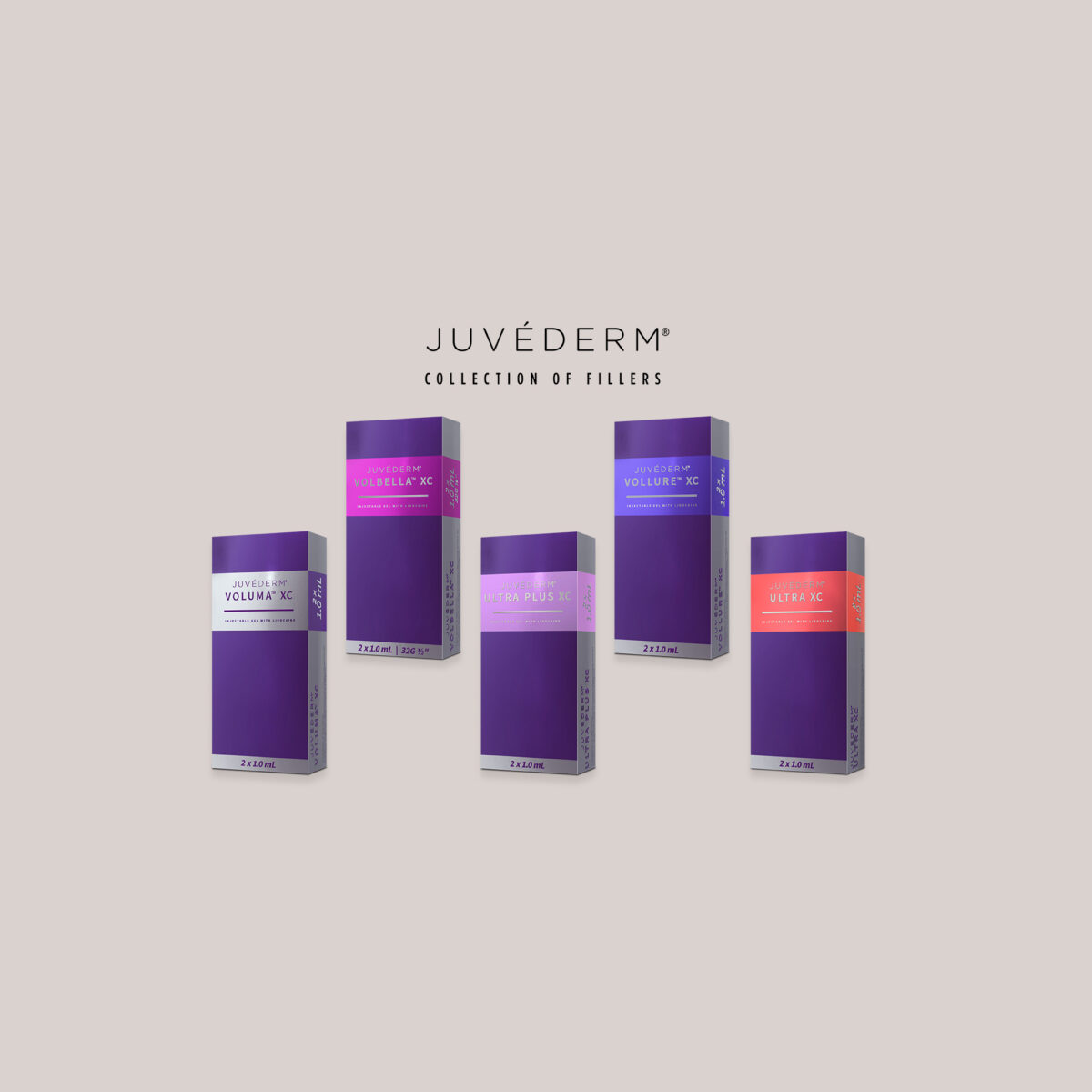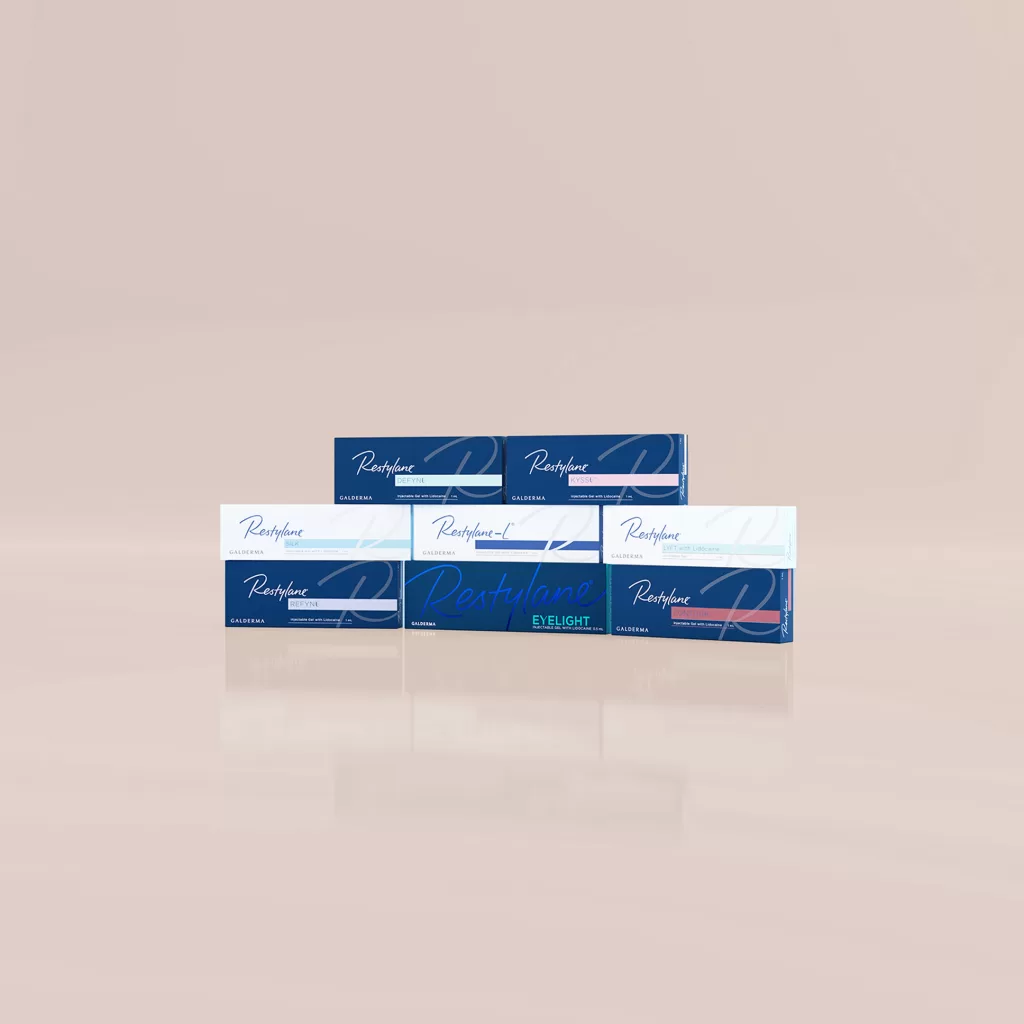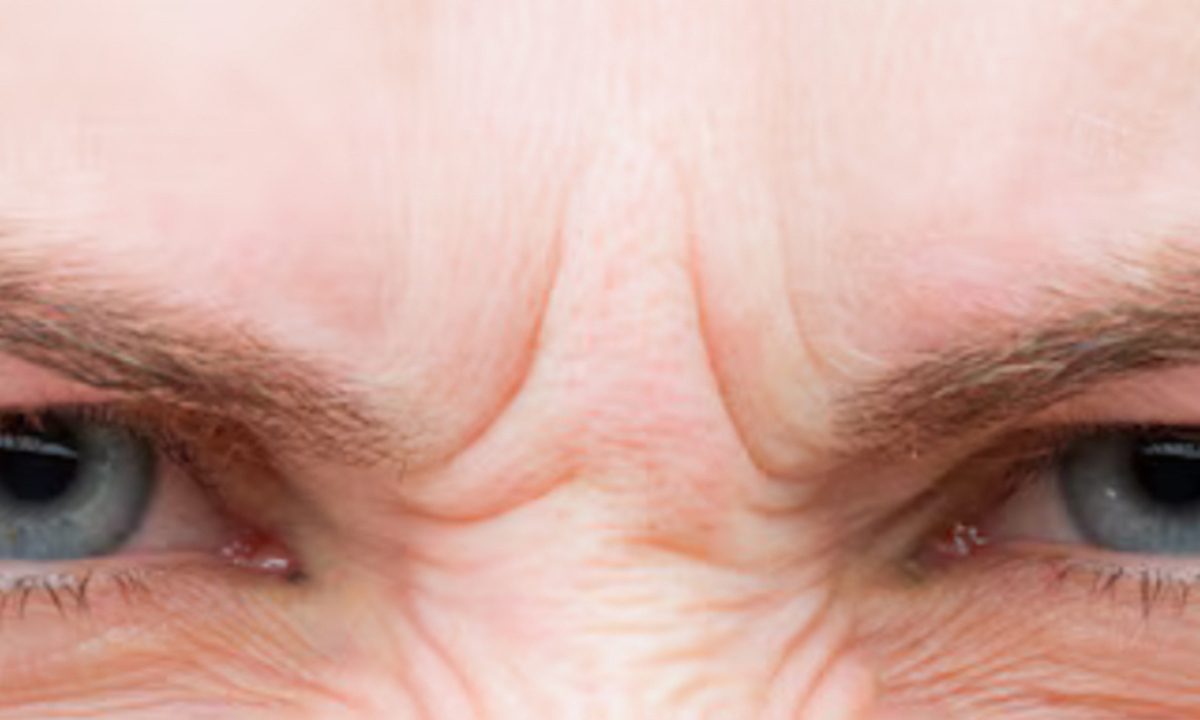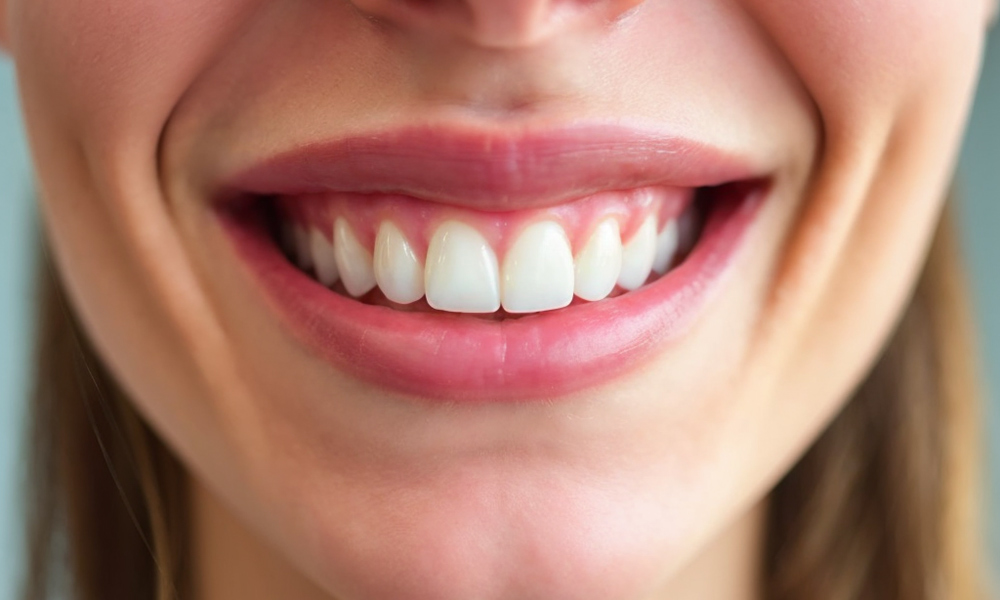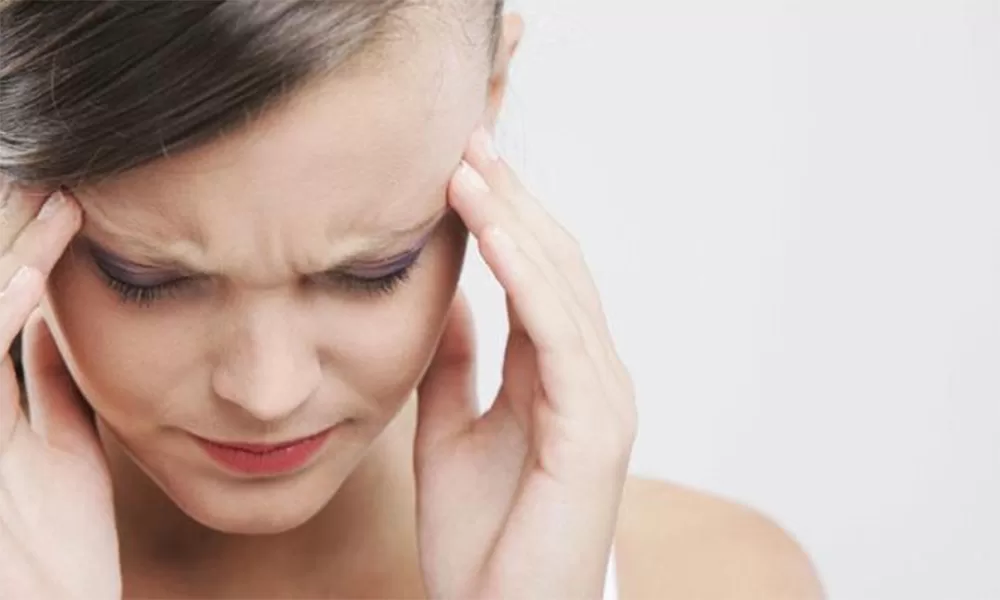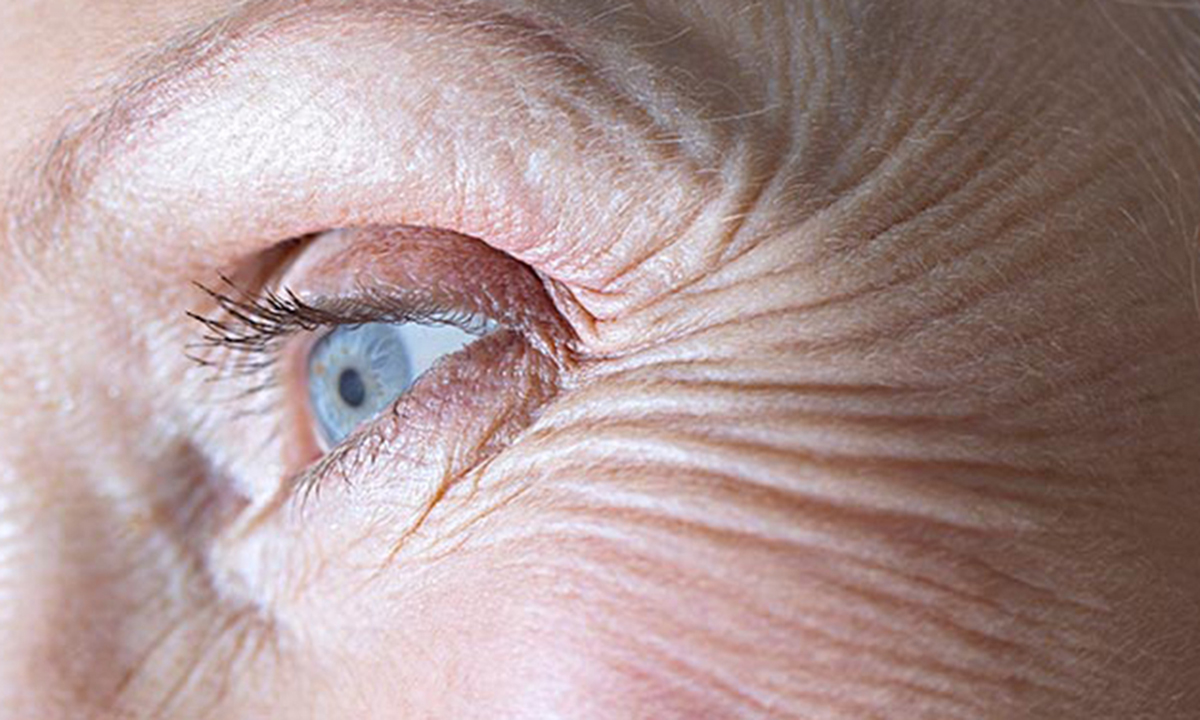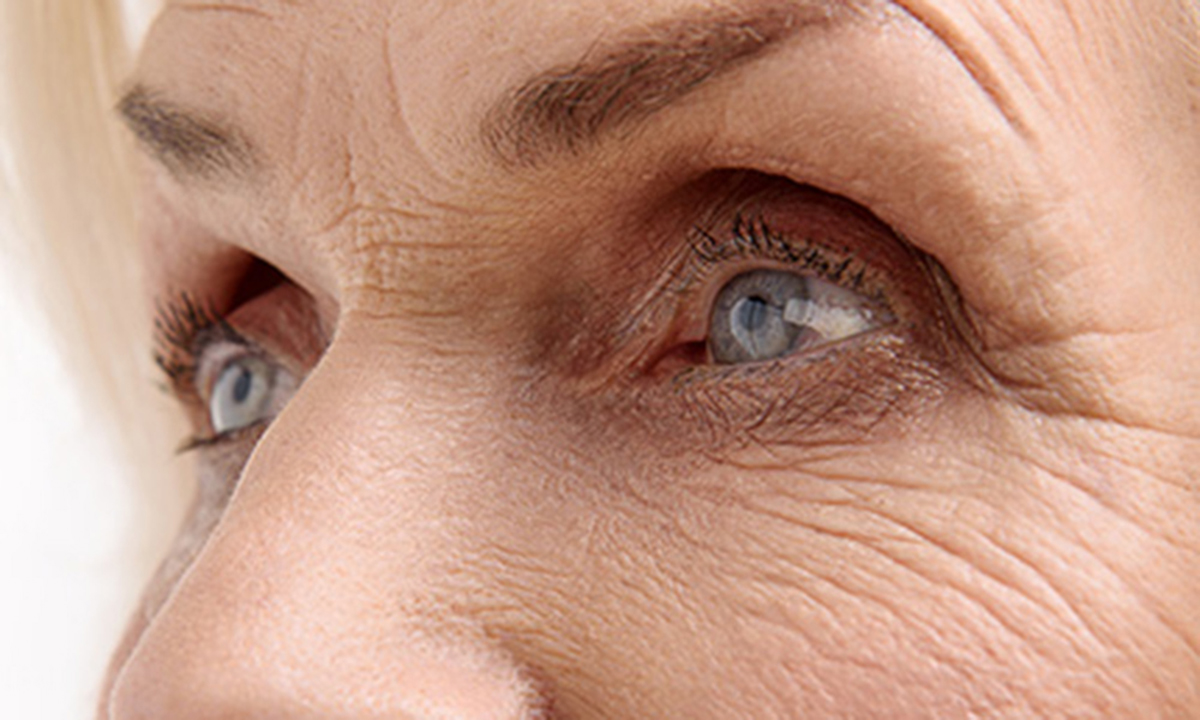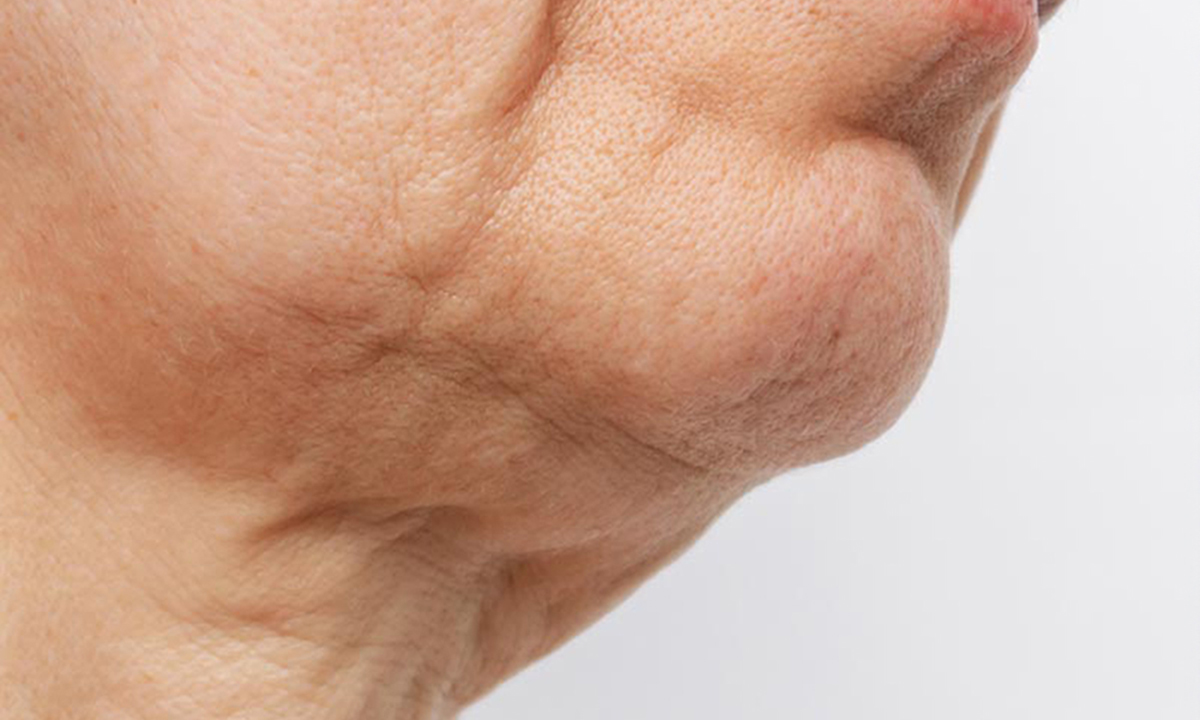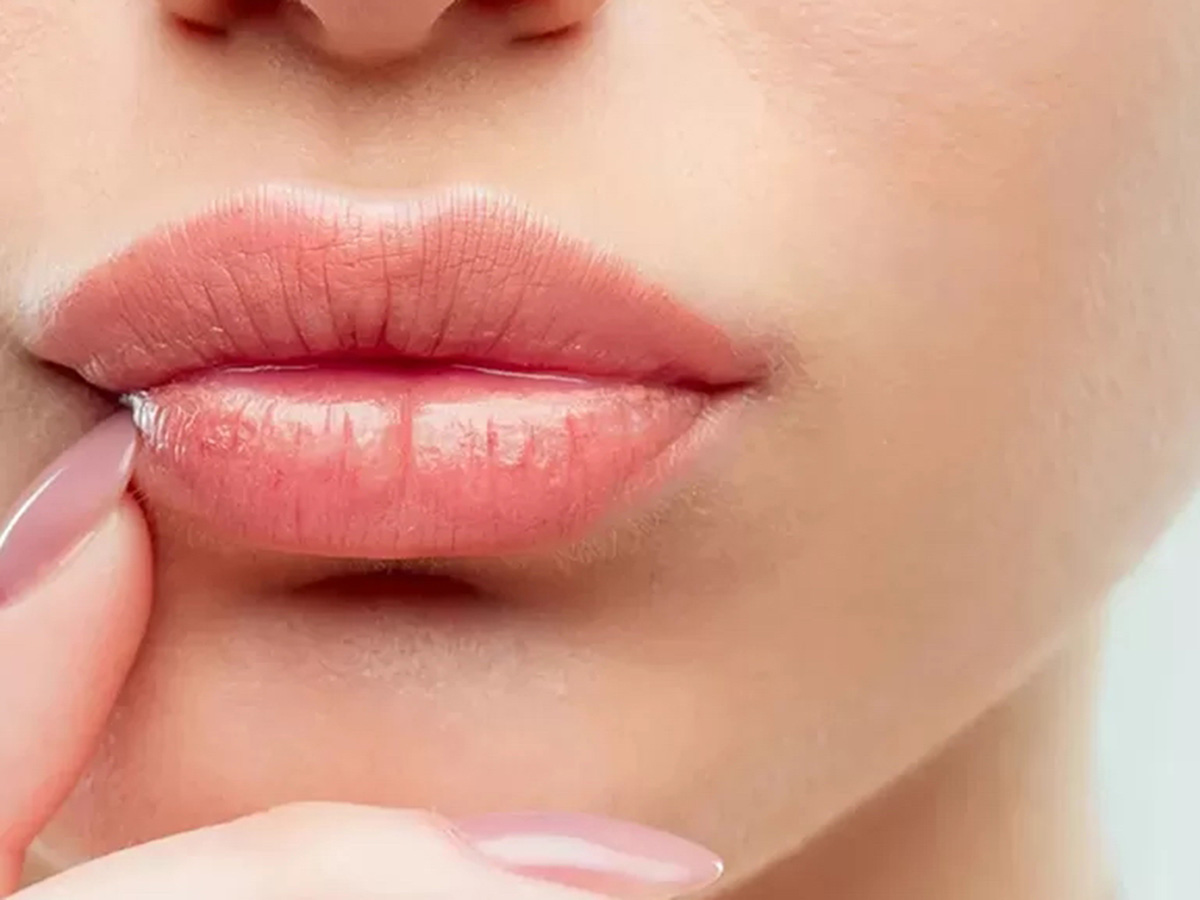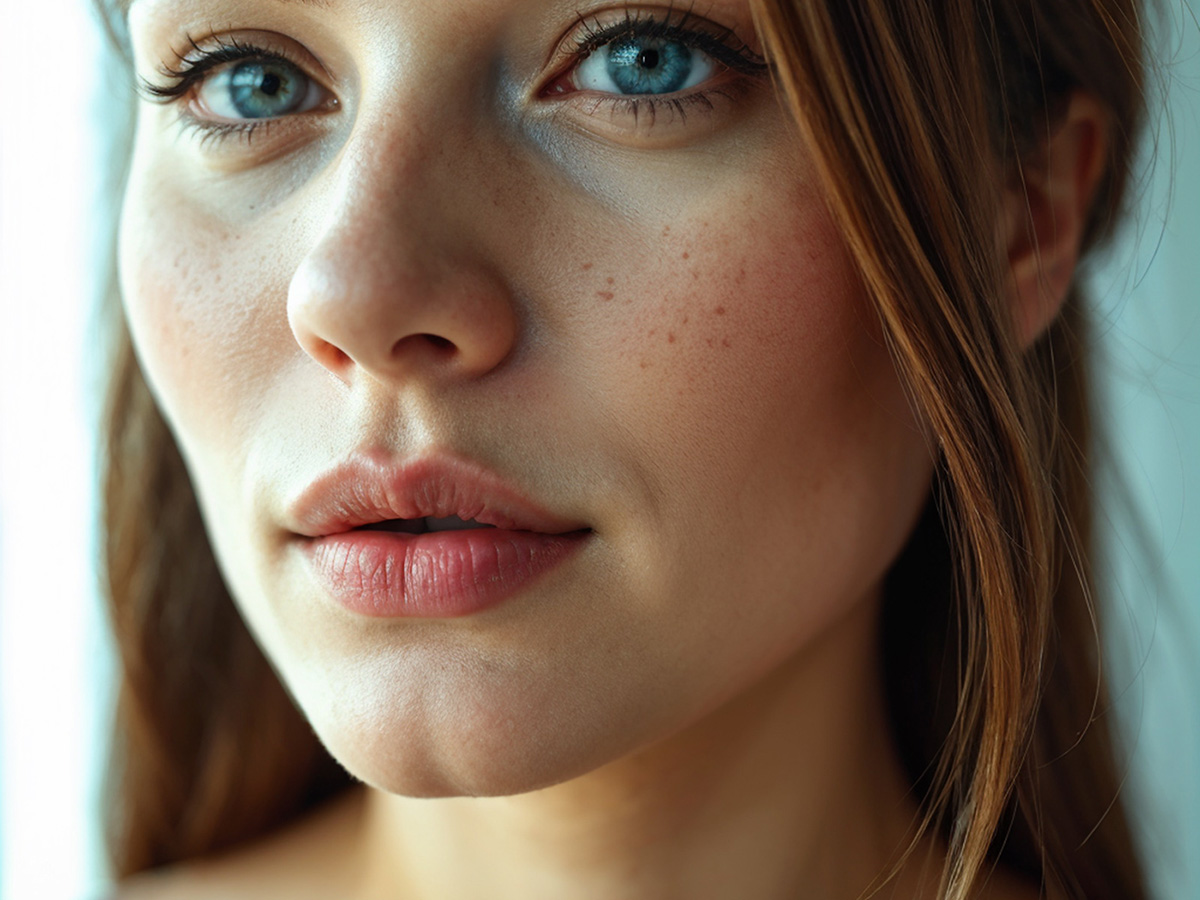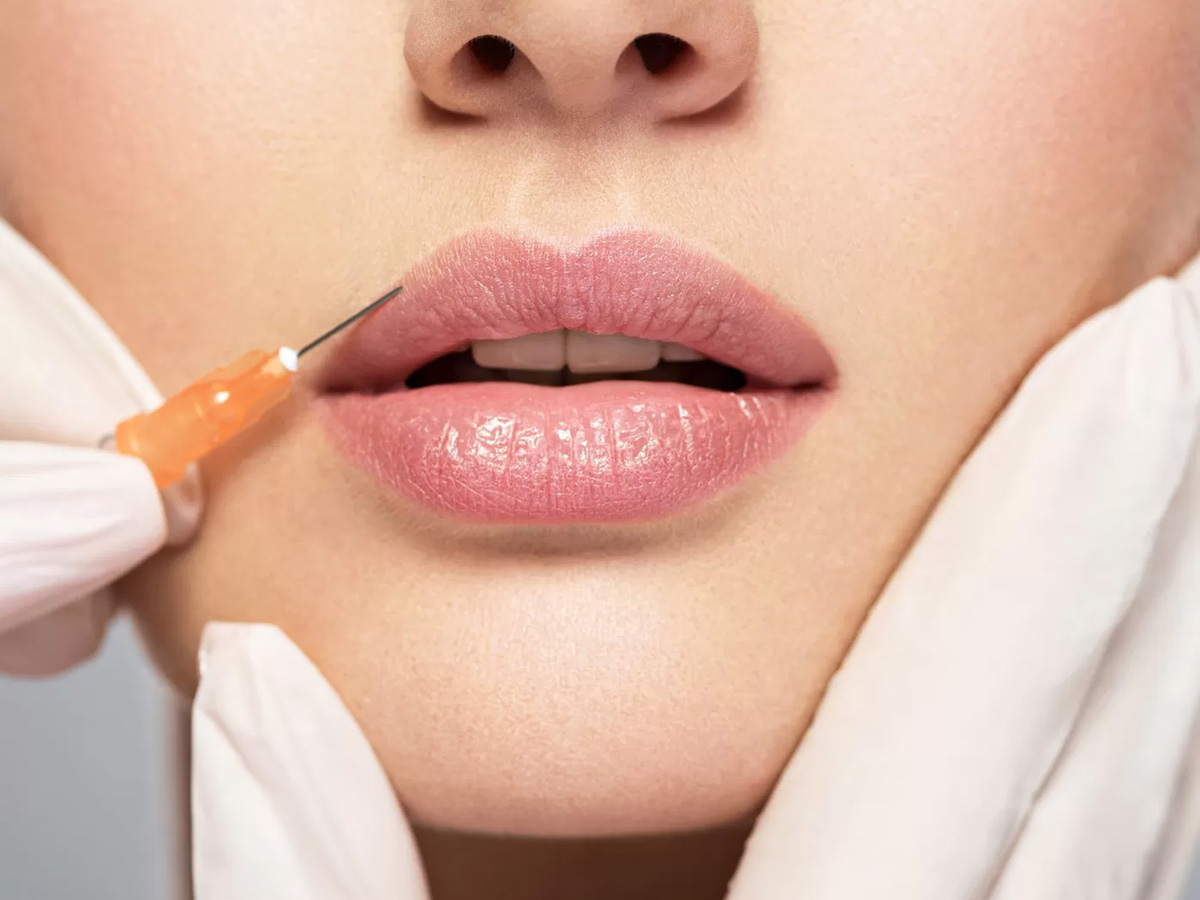The mental crease, also known as the labiomental sulcus, is the horizontal line beneath the lower lip and above the chin. Created by the chin’s mentalis muscle, it can range from a single groove to multiple wrinkles or folds.
While not harmful, a pronounced mental crease may be aesthetically undesirable. Its depth can cast shadows, giving the chin a larger appearance, and accentuate signs of aging.
Luckily, there are several effective methods to reduce or correct an exaggerated mental crease.
What is a mental crease?
A deep mental crease may be attributed to genetic factors, the natural chin shape, or jaw and teeth alignment. Aging contributes to its prominence as collagen diminishes over time.
Repetitive muscle movements, like pouting, can accentuate wrinkles along the mental crease. Elastin decline with age further reveals these wrinkles. In some cases, enlarged chin muscles, from genetics or facial expressions, deepen the crease.
If a deep mental crease develops before 30, it may indicate a genetic disorder. Typically, concerns about chin creases arise around age 40 or later.
Mental crease prevention
While it’s not possible to completely prevent a mental crease, proper skincare can reduce its severity. Essential practices like exfoliating, moisturizing, and sun protection play key roles. Additionally, certain massages and exercises can be beneficial.
Exfoliate:
Utilize chemical exfoliants like salicylic or glycolic acid to eliminate dead skin cells and stimulate cell renewal, vital for an anti-aging skincare regimen.
Moisturize:
Hydrated skin appears plump and youthful, making moisturizers with hyaluronic acid essential for maintaining collagen levels and skin elasticity.
Protect:
Shield your skin from aging factors like sun exposure, smoke, and pollutants by wearing sunscreen daily, avoiding tanning beds, and quitting smoking.
Exercise:
Facial massages can relax and elongate chin muscles, preventing hypertrophy. Try these techniques once or twice daily:
- Gently massage the chin using circular motions with your fingertips.
- Apply gentle pressure using knuckles or fingertips to stretch chin muscles outward.
- Pinch along the mental crease from right to left and back again using the first two fingers of one hand.
Mental crease treatment options
If a prominent mental crease is causing concern, various treatment options are available to address it. We’ve outlined these options below, ranging from subtle to dramatic and impermanent to permanent solutions.
Neuromodulators (Subtle Changes, Impermanent Results)
Neuromodulators like Botox or Dysport are commonly used to minimize the appearance of the chin crease. By paralyzing chin muscles, these injectables prevent the formation of the mental crease during facial expressions. Ideal for subtle changes, neuromodulators are temporary, requiring repeated treatments for optimal results.
Dermal Fillers (More Pronounced Changes, Longer Lasting Results)
When neuromodulators are insufficient, dermal fillers such as Restylane or Juvederm offer a more dramatic solution. These fillers can be used alone or in combination with neuromodulators to fill the area under the crease, providing a smoother chin contour. Effective for creases present even at rest, dermal fillers offer longer-lasting results compared to neuromodulators, though they are not permanent.
Patients who are concerned about the aesthetics of aging often neglect to consider the impact of the mental crease on the overall look of the face. Smoothing the mental crease is one small change that can result in making the nose and forehead appear smaller while making the lower face appear more symmetrical and proportional.

